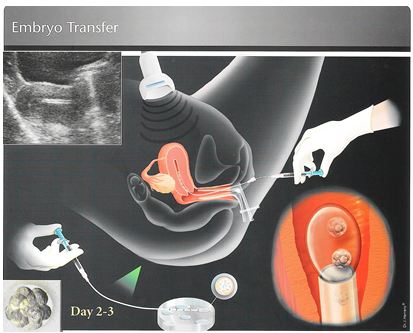

How long can embryos stay in storage?Įmbryos can be kept in storage for future use, provided you continue to pay the annual storage fee. Your partner or support person is always welcome to be present during this procedure. The lining of your uterus will be quite sticky during this time, so the embryo will remain in place. You will be awake and you can get up straight afterwards to continue with your day.

The transfer is normally a very simple procedure and is similar to undergoing cervical screening. The transfer procedure is performed by a fertility doctor under ultrasound guidance. Thawing is typically performed on the morning of the FET, but may be done the day before in some cases. The thawing process involves rapidly warming an embryo to 37☌ in special solutions that rehydrate the cells of the embryo and remove the solutions that were part of the freezing process. Our storage tanks undergo 24-hour electronic temperature monitoring and are located in a secure and alarmed area only accessible by our Embryology team.

Your embryos remain frozen and securely stored in specialised tanks under liquid nitrogen, which ensures they remain at a consistently cold temperature. During the process of vitrification, they are snap frozen in liquid nitrogen. How are embryos stored?Įmbryos chosen for freezing are placed in a special freezing solution and frozen on individual vitrification devices. This process is highly successful, with at least 95% or more of the embryos surviving after thaw. Embryos are snap frozen using a process called vitrification. The pregnancy success rate of frozen embryos is similar to that of fresh embryos, making FETs a reliable and safe option for you.



 0 kommentar(er)
0 kommentar(er)
